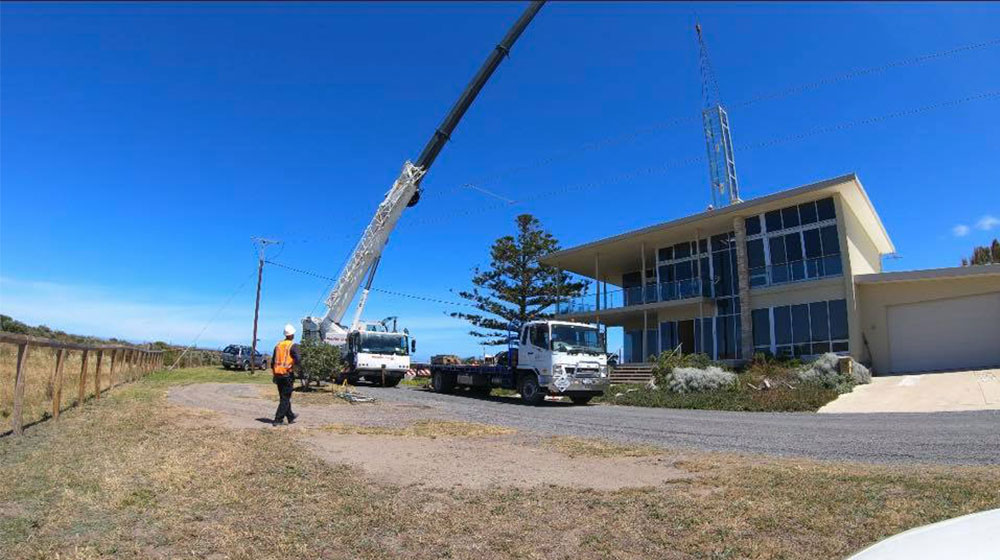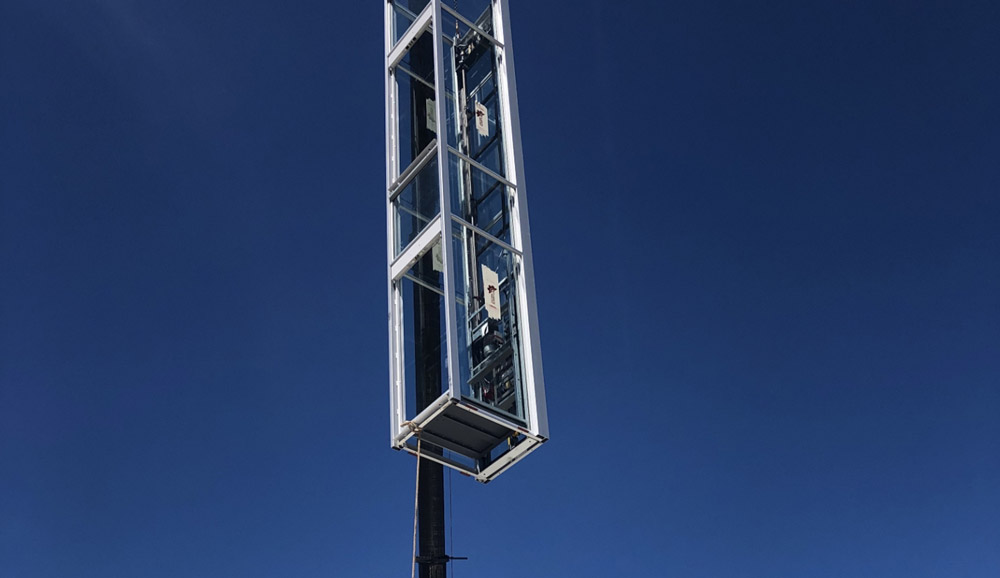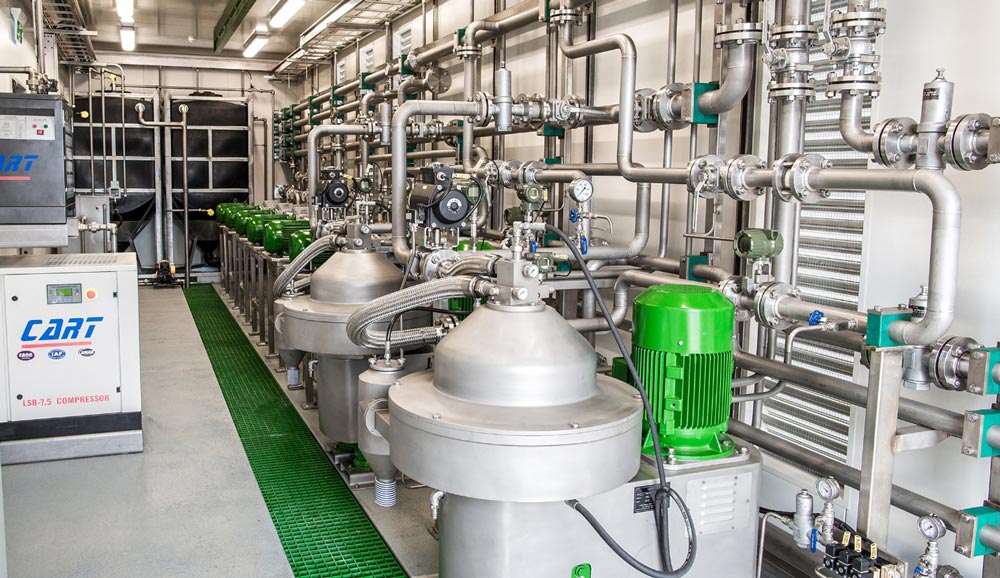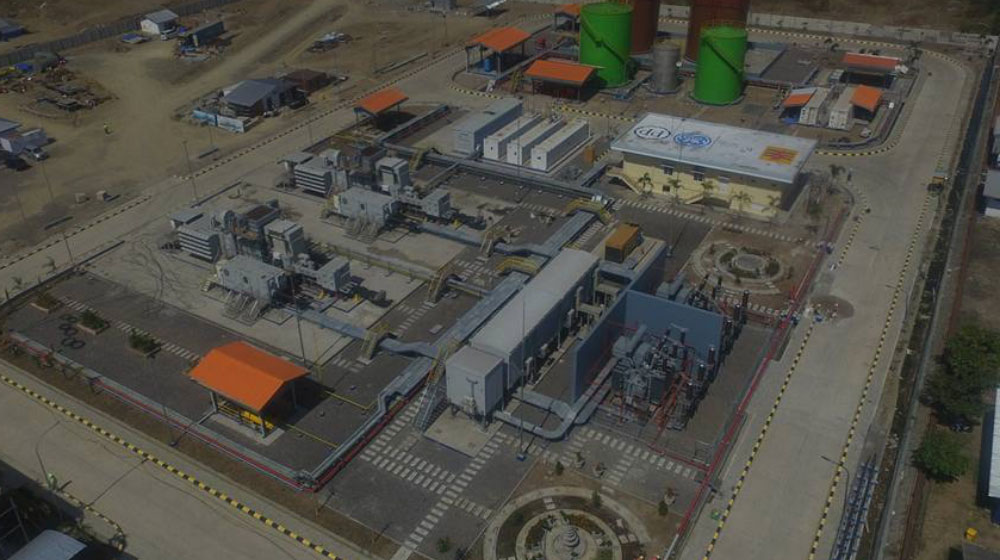At the meeting we received a brief from the architect, engineer and owner. The brief outlined a number of considerations and specifications, however the main challenge for such a substantial project was that the client did not want days/weeks of trades people in his home as they were in residence and ill health was a factor.
We gathered information and set up a series of consultations between our Structural and Mechanical teams who ultimately offered the solution to build and glaze the lift shaft in our factory, and also install all mechanical operations required for the lift shaft at our workshop site. This meant that the majority of the project would be conducted away from the project site at our own workshop resulting in minimal disruption to our client.
The Sturm’s structural and mechanical teams combined seamlessly to execute the project and then ultimately deliver.

On a sunny, 27 degree day, we commissioned a crane company to transport and place the lift shaft through the client’s roof, which we had removed including the ceiling. Within one hour of the lift shaft being lowered into place, the client’s elevator was operational.
All remedial works were finished within two days, with a successful outcome for all parties involved.



